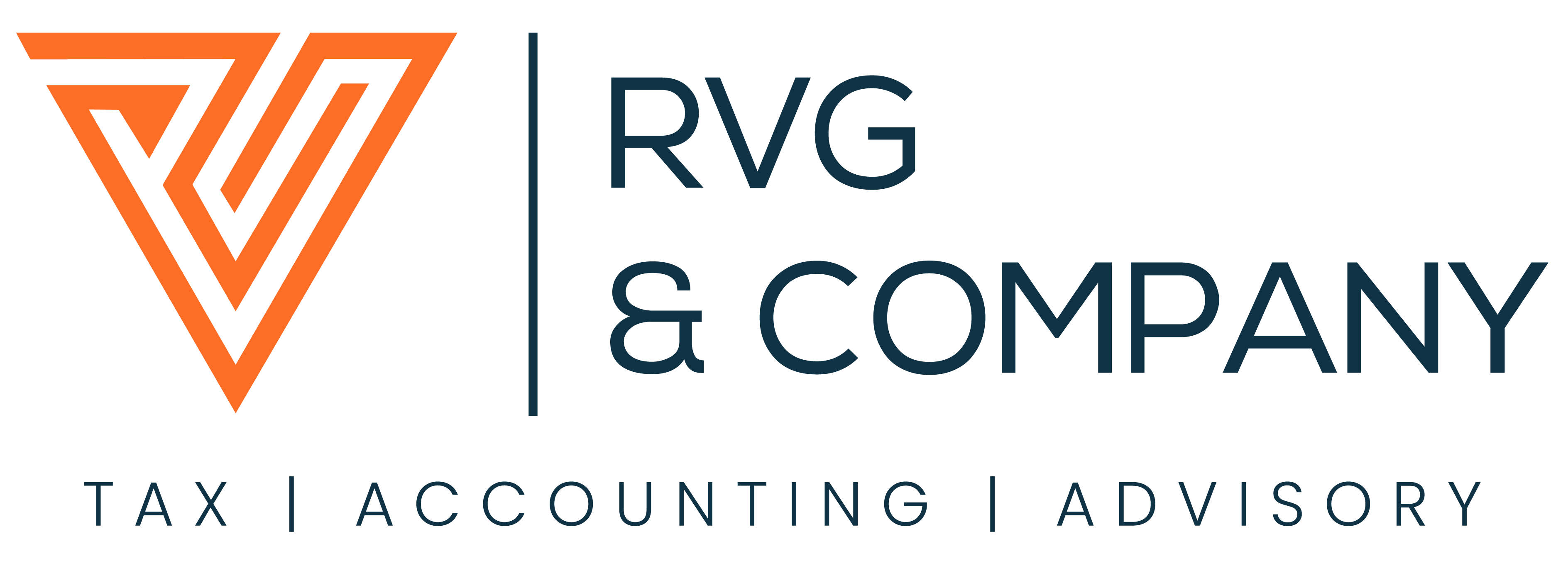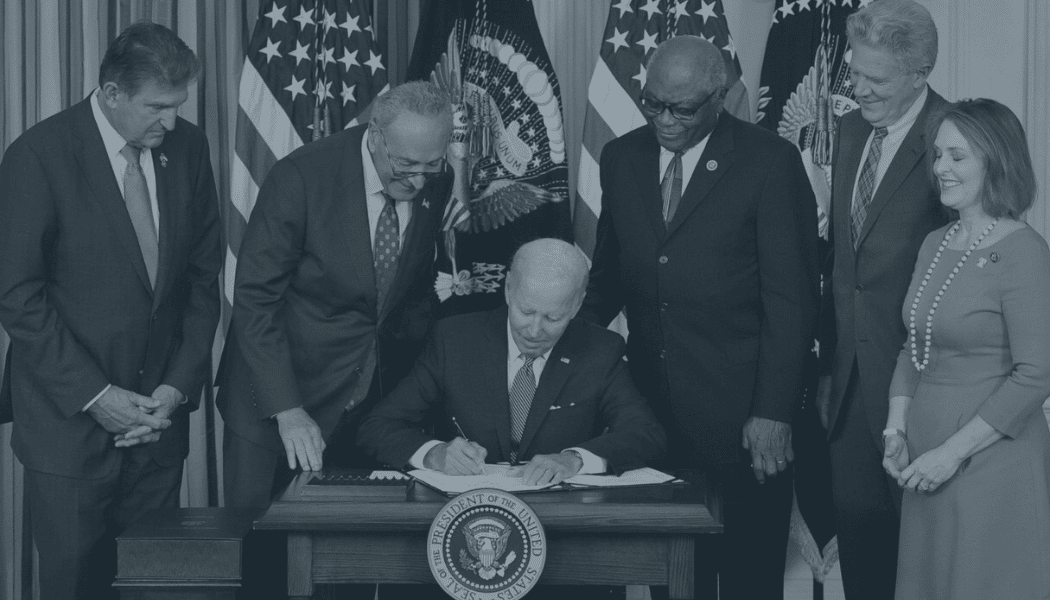Small businesses have several options when it comes to providing retirement savings plans for their employees and owners. These plans are generally easy to set up and do not require complex annual filings or costly administration. This article will review the choices available to small business owners and self-employed individuals.
By starting a retirement savings plan businesses help their employees and owners save for their future. Retirement plans enable employers to attract and retain qualified employees. Also, the plans offer tax savings to the business. The common tax advantages are that the employer contributions are deductible from the employer’s income and employee contributions are not taxed until they are distributed to the employee. In addition, the money in the plan grows tax-free and qualifying employers may receive credit for certain startup costs.
This summary will focus on defined contribution plans and Individual Retirement Accounts (IRAs) where the employer and/or employee make the contributions.
Retirement Plan Options That Small Businesses May Consider
SIMPLE IRA (Savings Incentive Match Plan for Employees):
This is available to any business that has 100 or fewer employees. Under a SIMPLE IRA, employees can contribute $14,000 in 2022 and $17,000 if age 50 or older. Employers are required to either match the employees’ contribution dollar for dollar – up to 3 percent of an employee’s compensation – or make a fixed contribution of 2% of compensation for all eligible employees, even if the employees choose not to contribute. Employee contributions to the SIMPLE IRA are excluded from the employee’s taxable income but are subject to Social Security, Medicare (FICA), and Federal Unemployment Tax Act (FUTA) withholding taxes. Employer contributions are deductible from the business’s taxable income. Lastly, the employee vests into all contributions immediately.
SIMPLE 401K:
Like the SIMPLE IRA, this plan is available to businesses that have 100 or fewer employees, and each receives at least $5,000 in compensation. Under the SIMPLE 401K, an employee may elect to defer a portion of their compensation. But unlike a regular 401K, the employer must make either: (i) a matching contribution of up to 3% of each employee’s pay, or (ii) a contribution of 2% of each eligible employee’s pay. For 2022, an employee can contribute up to $14,000 (an employee over age 50 can contribute up to $3,000 more). Employee contributions are excluded from taxable income but are subject to FICA and FUTA withholding. Employer contributions are deductible from the business’s taxable income. Lastly, employees are immediately 100% vested in all contributions. While this plan requires the annual filing of Form 5500, it is not subject to the complex non-discrimination rules of regular 401Ks, which may limit the participation of highly compensated employees.
SEP (Simplified Employee Pension):
A SEP plan allows employers to create SEP IRAs for themselves and each of their employees. Self-employed individuals can also establish a SEP. Employers must contribute a uniform percentage of pay for each employee, although they do not have to make contributions every year. Employer contributions are limited to the lesser of 25% of pay or $61,000 for 2022. Catch-up contributions for employees that are age 50 or older are not permitted. SEPs have low start-up and operating costs and can be set up with Form 5305-SEP. The amounts contributed to a SEP can vary each year – offering flexibility when business conditions change. Employees immediately vest into the SEP. Employers often start a SEP plan so that they can contribute to their retirement at higher levels than a traditional IRA permits. Employers receive a tax deduction for contributions made to a SEP and these amounts are not included as employee wages for income tax withholding but are subject to FICA and FUTA.
Payroll Deduction IRAs:
Under this IRA, employees establish a Traditional or Roth IRA with a financial institution and authorize a payroll deduction amount for it. Any size business and self-employed individual can establish a Payroll Deduction IRA plan. The employer does not make any contributions, they merely arrange for the employees to make a payroll deduction and transmit the contributions to a financial institution. There a no filing requirements. The benefit for the employee is that they make IRA contributions throughout the year as opposed to the end of the year when they may not have funds.
Solo / One Participant 401Ks:
This plan is a traditional 401(K) that covers a business owner with no employees, or the business owner and their spouse. If the business owner is both an employee and employer, they can make an elective deferral for 2022 of up to $20,500; plus 25% of their compensation. However, the total contribution for 2022 cannot exceed $61,000. For self-employed individuals, there is a special computation for contribution limits that are based on earned income. The benefit of a Solo 401(K) is that it permits a greater amount to be saved towards retirement than traditional IRAs, SEPs, and SIMPLE plans. While this plan may have higher administrative costs, the employer does not have to perform nondiscrimination testing for highly compensated employees and can file Form 5500 EZ as opposed to the complex Form 5500.
Conclusion:
While each of these retirement plans requires planning and a form to be filed, employer-sponsored IRA, SEP, and SIMPLE plans are the easiest plans to create and maintain. They offer benefits like qualified plans, such as Regular 401Ks, pensions, and profit-sharing plans, but without complex annual filings and significant administrative costs.
If you would like to discuss the potential retirement plan opportunities available to your business, please call RVG & Company at 954.233.1767, and we can help you evaluate the appropriate solution.



